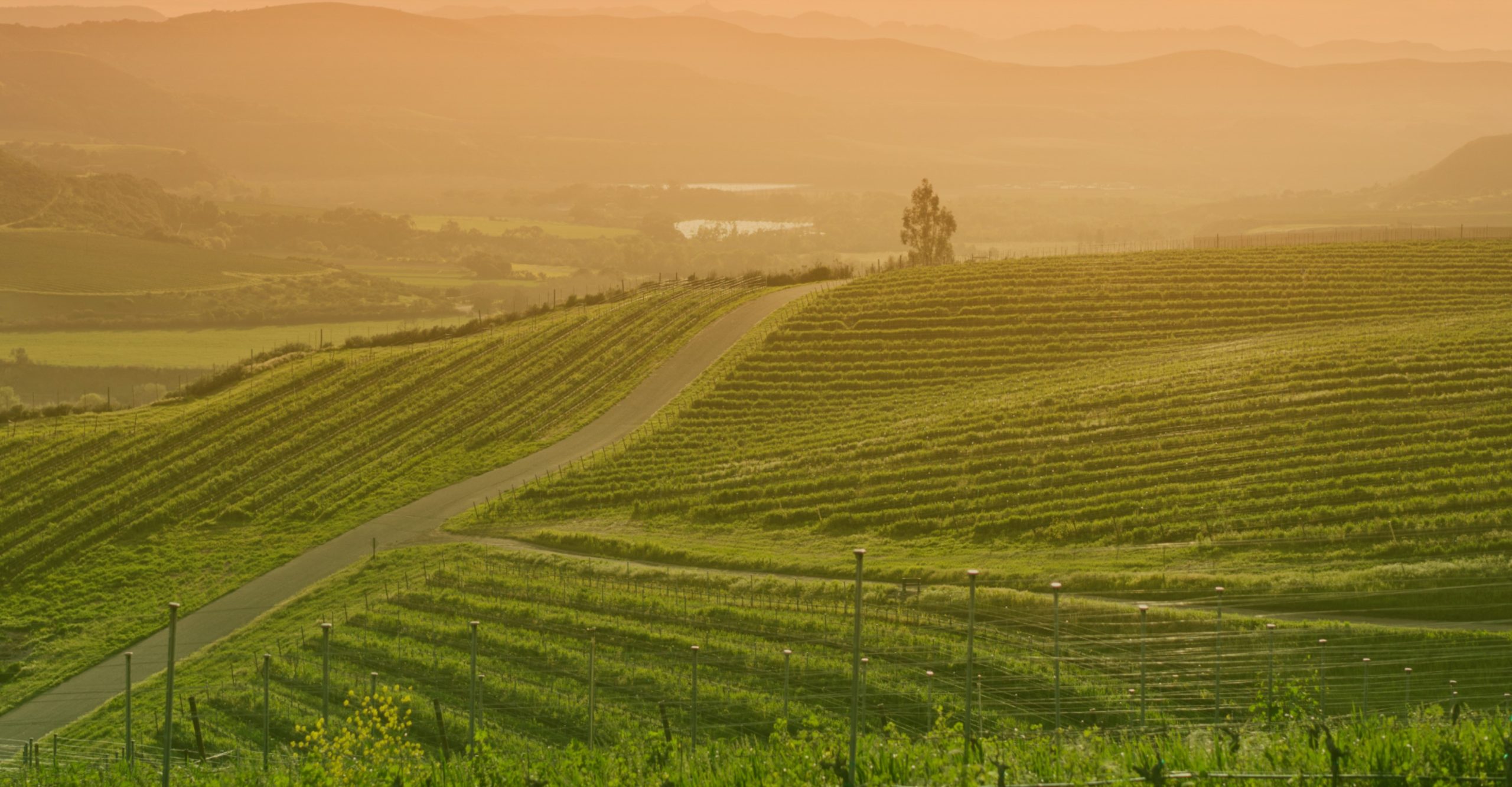






Uttar Pradesh
Authentic produced
of organic and sustainably grown crops like
Basmati, Soybean, Amaranth, and more which
are then fine-graded and checked for quality
assurance for distribution.

To tell you about the Bahraich project, it is located in the Bahraich district of the state of Uttar Pradesh, India. Located on the Saryu River, a tributary of the Ghaghara River, Bahraich is 125 kilometres northeast of Lucknow, the state capital. A factor that makes this city important is the international border shared with Nepal, making it an important trade center.
Being an agrarian society, the residents here depend on agriculture for their occupation. Bahraich has remained a famous market for grains and pulses since the British times. The soil profile of the city is ideal for growing agricultural products like pulses, wheat, rice, corn, sugar, and mustard.
TRACEABILITY CODE:NBFPOR2015NO06JMMI
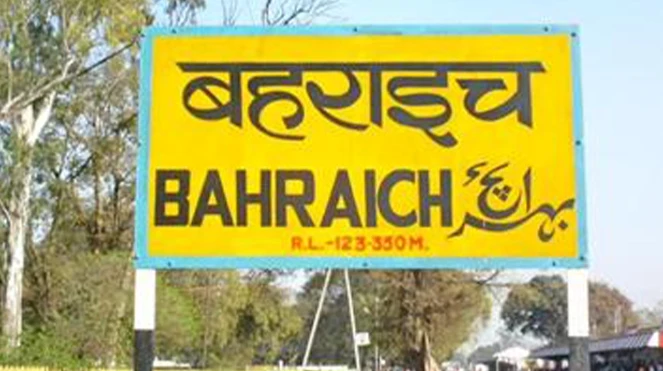

The geographical area of the district is 4696.8 sq. km in total and it is a part of the vast Ghaghara basin. The town is a centre of trade for agricultural products and timber with Nepal and is also known for sugar processing.
Coordinates – The project area is lying between 280.24’ and 270.4’ N latitude and 810 65’ to 810 3’ eastern longitudes.


Bio Suisse is the Swiss organic market’s private label and the owner of the registered trademark Bud. Its standards are private law guidelines and exceed the minimum legal requirements in essential respects (EU-Eco-Regulation 834/2007 or equivalent).

Leo, quam commodo libero nulla mi. Gravida cursus in eget adipiscing amet risus odio. Orci adipiscing et, ultricies non enim. Pharetra, ornare est netus morbi integer nec nunc. Molestie viverra leo arcu fusce magna porta neque, mi. Sed eu rutrum augue porttitor pulvinar morbi fermentum semper. Purus etiam id non tincidunt nulla amet. Lobortis fusce mauris, elit etiam adipiscing pellentesque. Orci neque, quis sit nulla pretium hac laoreet nec urna.

Naturland promotes organic production and social recognition of organic agriculture worldwide. Their work enables them to contribute to protecting the environment and its resources, ensuring food security, and improving people’s living conditions. Naturland certification is attainable even for low-acreage farmers, they also work with producer associations that incorporate numerous individual producers. In this case, a producer association or ‘cooperative’ counts as one Naturland member.

Organic products are grown under a system of agriculture without the use of chemical fertilizers and pesticides with an environmentally and socially responsible approach. This is a method of farming that works at grass root level preserving the reproductive and regenerative capacity of the soil, good plant nutrition, and sound soil management, produces nutritious food rich in vitality and has resistance to diseases.
India is bestowed with a lot of potential to produce all varieties of organic products due to its various agro-climatic conditions.

The KRAV label has grown out of active interest to protect, nature, people, animals, and the future. Their goal is to contribute to sustainable and confidence-inspiring production of high-quality food in the long-term. Since 1985 KRAV has pursued the development of organic and sustainable food production, and thousands of actors in the food production chain have come together to support our goal. We are now Sweden’s most well-known environmental food label – 98% of all consumers are familiar with the KRAV label.

Biodynamic farming is a regenerative and holistic approach to agriculture, gardening, and food production and processing. It has higher standards than organic agriculture because it looks at the bigger picture and tries to put back more than it extracts.
Setting very high standards for organic farming since 1924. Developing from lectures given by scientist and philosopher, Rudolf Steiner, the pioneers in biodynamic farming has been developing this modern and future-oriented cultivation method ever since.

Fairtrade’s approach enables farmers and workers to have more control over their lives and decide how to invest in their future.
As a leader in the global movement to make trade fair, Fairtrade supports and challenges businesses and governments and connects farmers and workers with the people who buy their products.
Small-scale farmers and workers are among the most marginalized by the global trade system. At Fairtrade, they are at the heart of everything we do. Unique among certification schemes, producers have an equal say in how Fairtrade is run and are included in all our decision-making.

The topography of the Bahraich district is almost flat with a gentle slope towards the south.
Awadhi, a vernacular in the Hindi-Urdu continuum spoken by about 38 million people, primarily in the Awadh Region, is one of the several languages spoken in the district. In Bahraich, a wide range of Awadhi dialects are spoken. On the northern border, District Bahraich shares an international boundary with Nepal. The Tarai region is located in the district’s northern section and is covered by extensive natural forest.

Bahraich has about 7% of its area covered under forests. The soils of the district consist broadly of “Matiyar” (clay), “Dumat” (loam). The hard clay soil is ideal for rice cultivation and is very fertile.
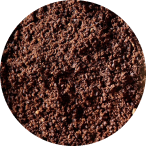
Soil Type 1
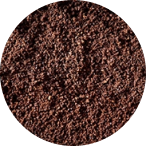
Soil Type 2

Soil Type 3
The Dumat or loam is also fertile soil, ideal for the cultivation of various types of crops. This is the reason for high crop yields in the district. Bhur, which is a type of soil consisting of sand and loam, Dumat (loam) a mixture of sand and clay in varying proportions and Matiyar (Clay) are the main varieties of soil found in the district. Bhur is found along the Ghaghara and high banks of other rivers while Matiyar occurs in Tarai with a sprinkling of small patches of loam. Domat occurs in the Rapti basin and central upland.
Bahraich has a warm humid and subtropical climate. Winters are cool and dry, occurring usually from December to February with dry and hot summers from April till June. Monsoons last from mid-June to mid-September, and the district gets an average annual rainfall of 1124 mm. The average temperature in winter is around 22.6°C. The highest humidity is in August with an average of 80%. The months of March to May are relatively dry.
Minimum

5°C
(Dec-Jan)
Maximum

45°C
(May-June)
Minimum

5°C
(Dec-Jan)
Maximum

45°C
(May-June)
When compared with winter, the summers have much more rainfall.
South West
Mansoon
990 mm
(June-Sep)
North West
Mansoon
95 mm
(Oct-Jan)
Summer
Rains
15 mm
(Mar-May)
There are mainly three seasons.

Summer
(Mar-June)

Rainy
(July-Sep)

Winter
(Oct-Feb)
Land Water
The major part of land water is received from rivers & lakes. Saryu, Rapti, Ghaghra, Kaudiyala are the ever-flowing rivers. Besides, there are various lakes & ponds in the project.
Ground Water
Ground Water is not a problem in the district. The level of groundwater is sufficiently high. Water is normally found at 60 to 70 feet. Therefore, for all industrial & agricultural purposes, water is always available with the help of tube wells & pump sets.
Because of the high fertility of the land and low industrial activity in the district, more than 80% of the total workers depend on agriculture. However, more than 75% of the total agriculture workers are cultivators of which more than 50% are small and marginal farmers. Farmers of this area still sell some of their crops in open markets, except for basmati paddy. They also have a habit of saving their native seeds.

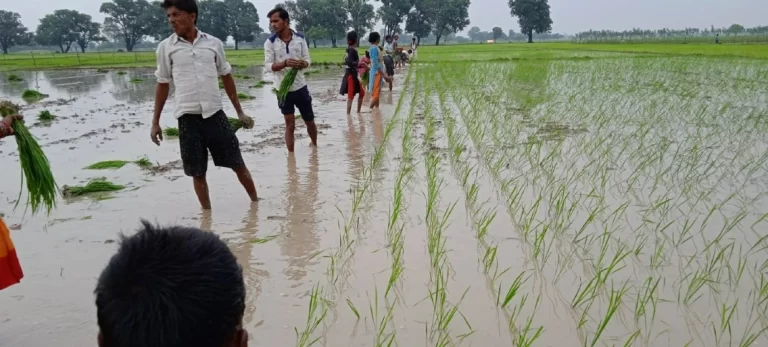

Farmers of Bahraich region follow the traditional practices in the production of Basmati paddy or other crops. The only challenge they face is in the distribution and marketing channels. Nature Bio Foods has solved their marketing problems to a large extent.
During the Kharif season, farmers grow basmati Paddy, Non-Basmati Paddy and hybrid variety of rice, maize & sesamel
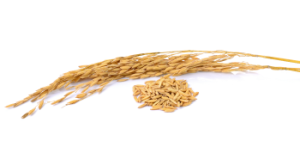
In the Rabi season, the main cultivated crops are wheat, mustard, flaxseed, pulses along with coriander etc.
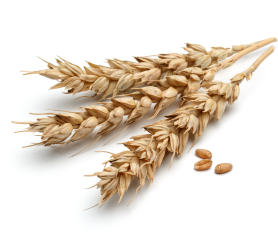

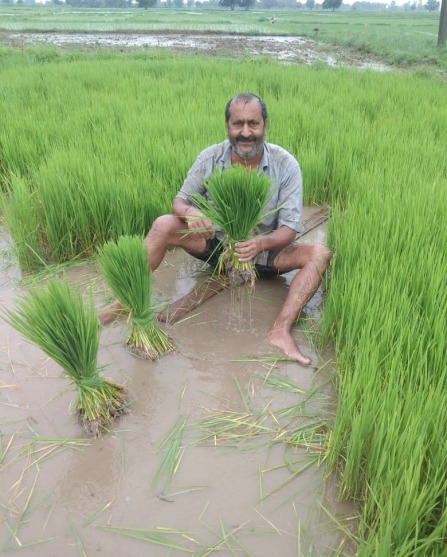
Yellow stem borer is a serious pest of rice, and its incidence is noticed in the nursery, planting to mid tillering, and panicle initiation stages. Heavy infestation results in 40-60 percent yield loss. Symptoms of damage include the presence of brown-colored egg masses near leaf tips in the nursery and early transplanted plants.
One of the control measures is to clip off the tip of the seedlings before transplanting and collect and destroy stem borer egg masses present on the transplanted young rice plants.
Team NBFL conducted 100+ field demonstrations of clipping the paddy seedlings before transplanting and collecting and destroying stem borer eggs.


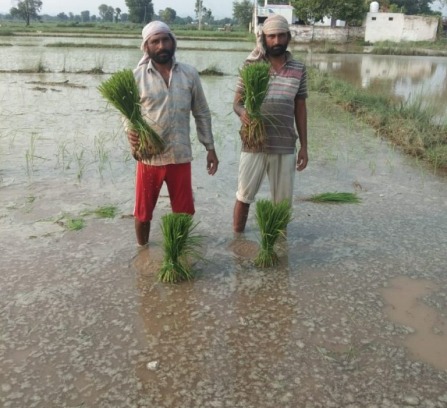
Benefits Of Line Sowing Of Paddy
A scientific study revealed that the average increase in paddy yield was about 20 % under the line sowing method over the broadcast method of paddy planting. The per hectare net return was more under-line sowing as compared to the broadcasted method of sowing.
Also, line sowing is more effective due to easy intercultural operations like weeding, spraying, etc., and uniform plant stand.
Team NBF demonstrated this technology at 100 farmers’ fields.
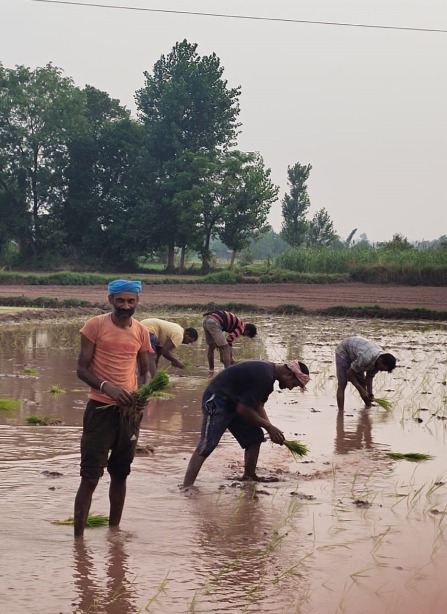


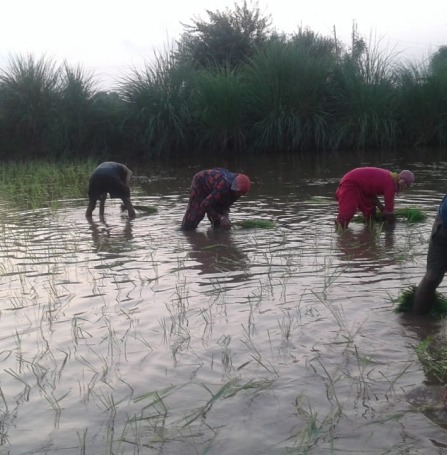
Technology Demonstration & Training
Pheromone Traps for insect management
Waste Decomposer for crop residue decomposing & quality compost making
Vermi Compost units
Botanical Pesticides
Contamination control in produce
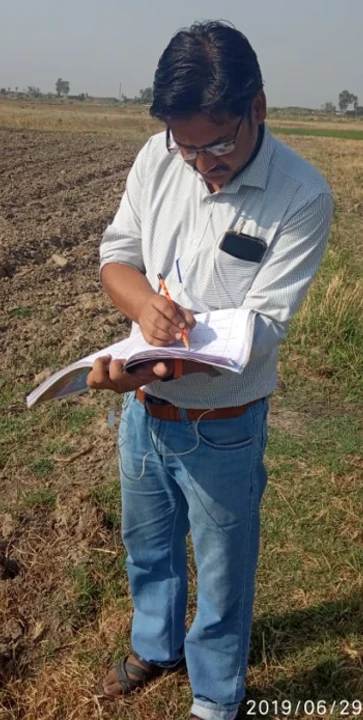

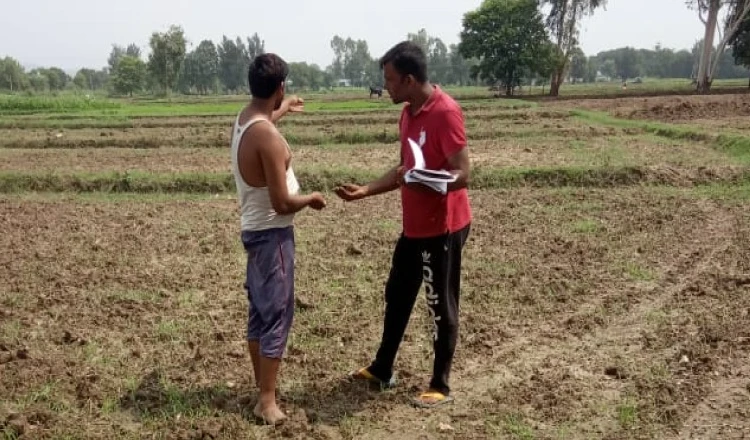

Demonstration Of Pheromone Trap
Pheromone traps are often used to catch certain species of insects and in these traps, a pheromone attractant is used to lure insects. Once attracted, a catching bucket captures the insect.
Pheromones are sex attractants that attract only males of various species of insects. These types of traps are not used to control insects but instead are used to detect the presence of pests, for monitoring, or to determine the first appearance of a pest in an area.
To manage the yellow stem borer of the paddy team NBFL demonstrated this trap at farmer’s fields.

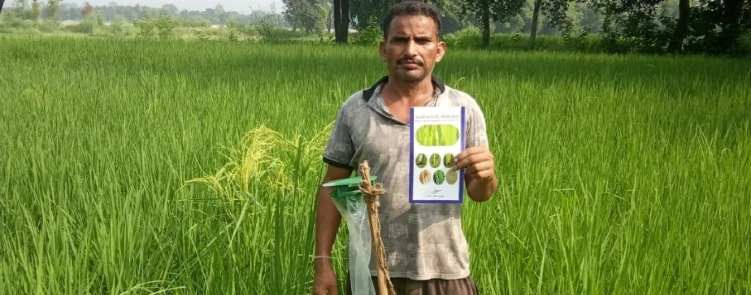
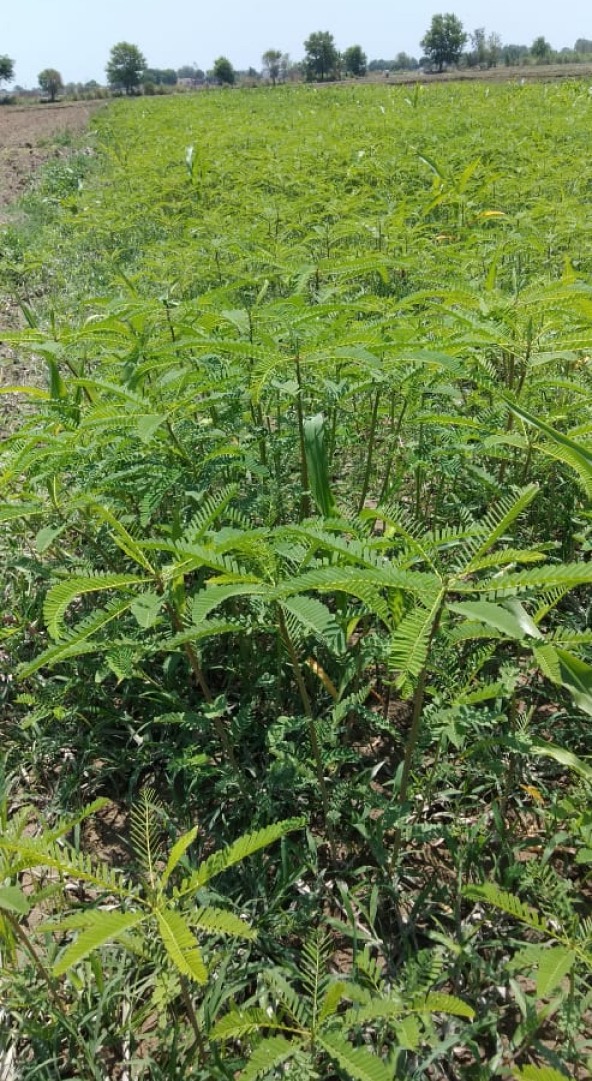
Weed Suppression
Green manure crops grow quickly and their very leafy growth smothers weeds. It is like a living mulch as it suppresses weeds and retains moisture in the soil. It is good practice to make sure the soil is weed-free first. That is why they are very important when areas are left fallow especially good in winter.
Demonstration Of Pheromone Trap
Improving Soil Structure
Green manures have deep penetrative roots that as they grow open up the soil. This is an advantage on heavy soils as allows drainage to occur more freely and organic matter to be left in the soil on lighter soils the particles of soil can bind together better so they can hold water better and leaves the organic matter in the soil.
Adding Nutrients
Leguminous green (Sesbania) manures absorb nitrogen from the air and fix it in root nodules on their roots so that when it is dug in it becomes available to the following crop. Specific soil bacteria are required to be present but they are usually present in healthy soil. Nitrogen is required by plants as it encourages healthy stem and leaf growth.

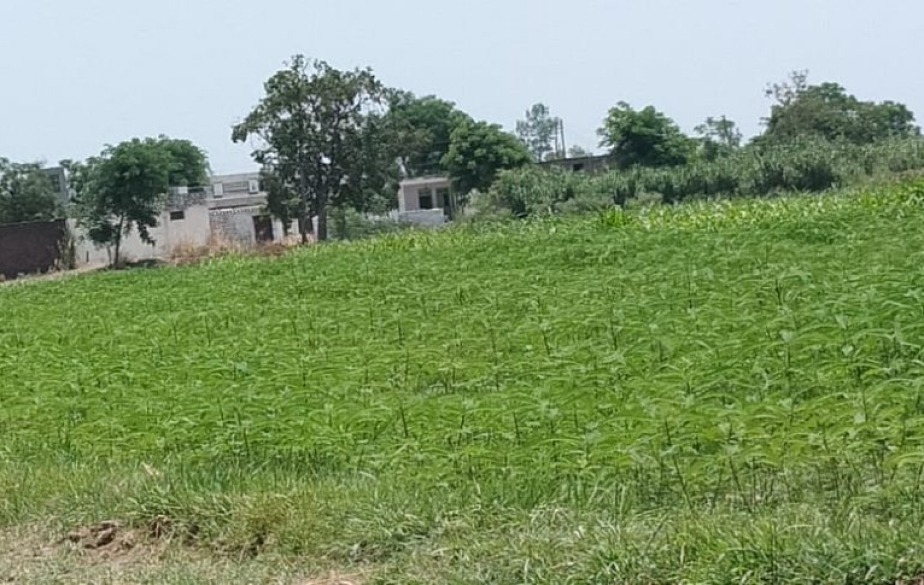
Technology Demonstration & Training
Pheromone Traps for insect management
Waste Decomposer for crop residue decomposing & quality compost making
Vermi Compost units
Botanical Pesticides
Contamination control in produce


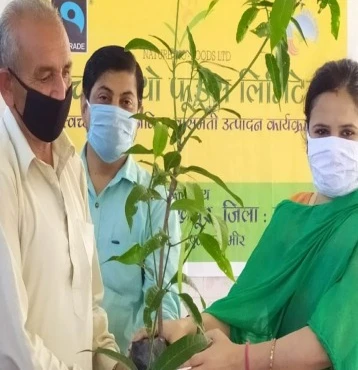

Soil Sampling & testing
A soil test is important for several reasons: to optimize crop production, to protect the environment from contamination by runoff and leaching of excess fertilizers, to aid in the diagnosis of plant culture problems, to improve the nutritional balance of the growing media and to save money and conserve energy by applying only the amount of fertilizer needed. Pre-plant media analyses indicate potential nutrient deficiencies, pH imbalance, or excess soluble salts. This is particularly important for farmers who grow organic and use their own produced FYM.
In support of the department of agriculture Jammu, we have conducted soil analysis before the sowing of Rabi and Kharif crops every year and based on lab results recommend nutrient management practices to our growers.

Bahraich is an important town in Uttar Pradesh. It can be visited by people via air, railways, or road.

By Train
The nearest railway station is ‘Gonda’ that is 65 Kilometers from Bahraich. The Lakhimpur railway station, which is also nearby, is a better option when it comes to connectivity.

By Road
Road transport is accessible to Bahraich via public and private roadway buses. The nearest mega terminus is at Gonda that is 65 kilometres from the Bahraich.

By Air
The nearest airport from Bahraich is in Lucknow, Uttar Pradesh. Lucknow Airport is near about (144.1 km) via NH927 kilometres from Bahraich. The airport is well connected to other cities in India such as New Delhi, Mumbai, Agra, Chennai and Bangalore through a range of flights operated by both private as well as public carriers.



Mountain
It has an average elevation of roughly 126 meters.
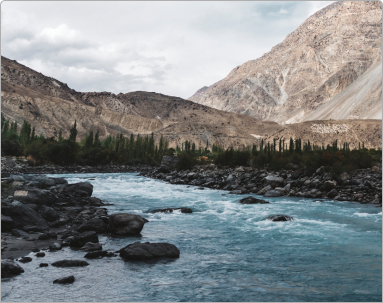

River
The beautiful Ghaghara river, a tributary of the Ganges, shapes the lands of Bahraich.
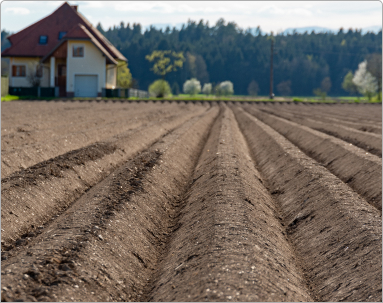

Soil
The soils of the district are very fertile. They consist of “Matiyar” also known as clay and “Dumat” also known as loam. The Matiyar is ideal for rice cultivation and the Dumat is ideal for the cultivation of various types of crops.
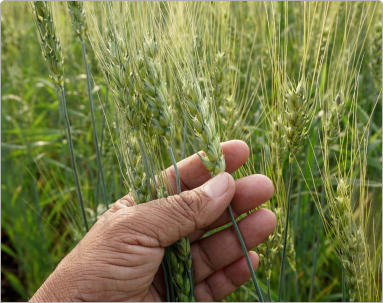

Crop
Kharif Season
Non-Basmati Paddy, Basmati paddy, Maize, Sesame
Rabi Season: Wheat, mustard, lentils etc.
Economic
Women Employment Generated
1200+ | ||
Average Farmer's Income Growth
20% | ||
Annual Employment Growth
9% | ||
Social
Schools Constructed
10+ | ||
Toilets Constructed
100+ | ||
Daily Meal Distributed
10,000+ | ||
Sanitization kits Distributed
10,000+ | ||
Blood Domination Camps
100+ | ||
Environmental
Trees Planted
99,978+ | ||
Sanitation Facilities Provided
100+ | ||
Solar Lamps Installed
1,000+ | ||
Gallon Rain Water Harvested
15,000+ | ||
KGs Plastic Waste Recycled
9.000+ | ||

Impact by our Farmers
Farmers use a variety of methods to improve soil fertility, including crop rotation, cover cropping, reduced tillage, and application of compost. By reducing fuel-intensive tillage, less soil organic matter is lost to the atmosphere. This has the added benefit of carbon sequestration, which reduces greenhouse gases and helps reverse climate change. Reducing tillage may also improve soil structure and reduce the potential for soil erosion.

Difference our People are Making
Multiple Processes starting Conversion of land from conventional management to organic management and Management of the entire surrounding system to ensure biodiversity and sustainability of the system. Also, Crop production with the use of alternative sources of nutrients such as crop rotation, residue management, organic manures, and providing complete biological inputs.
Management of weeds and pests by better management practices, physical and cultural means is supervised and managed by our teams thus being an integral contributor and impact to the cause.

Contribution by our Customers
Consumers’ attention to food safety issues and environmental issues has increased overwhelmingly in recent decades because of their increased concern about their own health, the environment’s health, and the crises and emergencies reported worldwide. Once the only option, organic agriculture has always been a production option followed by at least a few farmers all over the world, and consumers are directly contributing to the overall health of the planet and creating an impact by simply consuming.
According to mythology, Bahraich is believed to have been the capital of the revered Hindu God, Lord Brahma. It is said to have been a part of the mythical Gandharva forest which was built by Lord Brahma as a place for the sages to pray. The second story of the origin of the name is that Bahraich was made the capital of the Bhar Dynasty which led to the origin of the name “Bahraich”. Bahraich was invaded in 1033 by Sayyid Sālār Masūd. Masūd (from the Mughal empire) and his descendants reigned the region until they were overthrown by Prince Nasiruddin Mahmud (Mughal dynasty) – who was appointed the governor of Awadh, present day Lucknow, in 1226 AD. He was responsible for colonizing and settling the Muslims in the south of the district. In all of the struggle, Bahraich was left without any imperial control from 1287-1351 on account of the dynastic trouble which followed the death of the Mughal ruler, Sultan Balban in 1287.
In 1556, during the reign of the popular ruler Akbar, Bahraich was made headquarters of an administrative division known as Sirkar Bahraich within the section of Awadh.
Mughal dynasty reigned over the land till the East India Company declared its rule on Awadh. Bahraich was made the headquarters of a division with Mr. Wingfield as commissioner. Bahraich became a key part of history later on, playing an important role during the Mutiny of 1857 which broke out in Meerut.
According to the 2011 census Bahraich district has a population of 3,487,731. This gives it a ranking of 89th in India (out of a total of 640). The district has a population density of 706 inhabitants per square kilometre,830/sq mi. Its population growth rate over the decade 2001–2011 was 46.08%. Bahraich has a sex ratio of 891 females for every 1000 males, and a literacy rate of 49.32%.
Culture
Bahraich celebrates all the festivals which are celebrated in India and especially in the state of Uttar Pradesh such as Christmas, Karva Chauth, Eid, Holi, Muharram, Ganesh Chaturthi, Ramzan, etc. However, there are fairs and festivals which are widely celebrated in Bahraich, more than in any other region in the country.
Social Life
The dense forests and fast-flowing rivers are the specialties of the district Bahraich. There are many mythological facts about the great historical value of district Bahraich. Most notably, it was famous as the Capital of God Brahma, the maker of the universe.